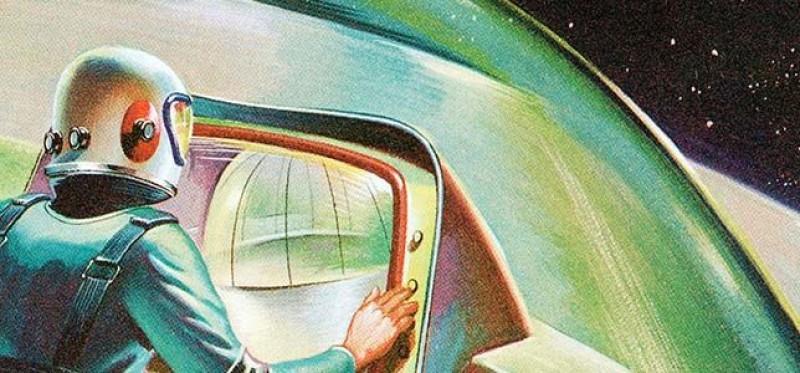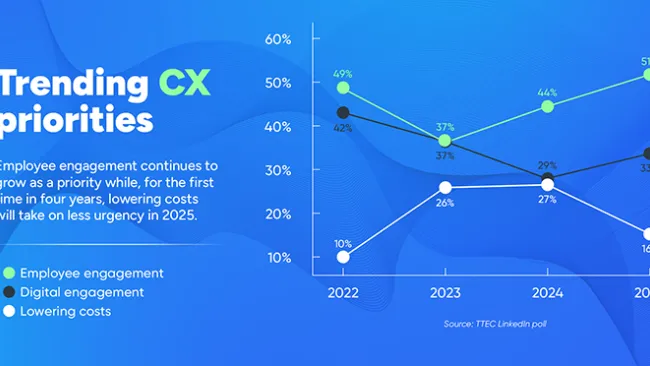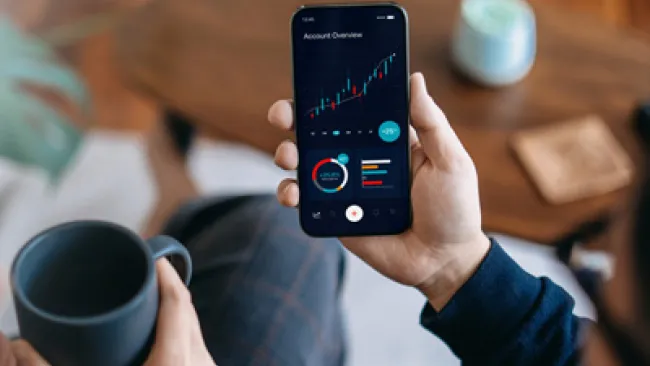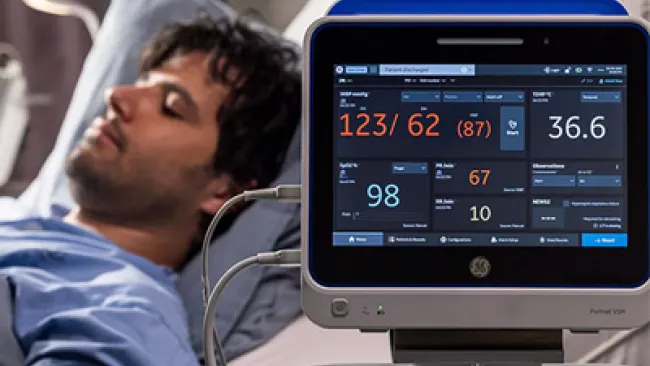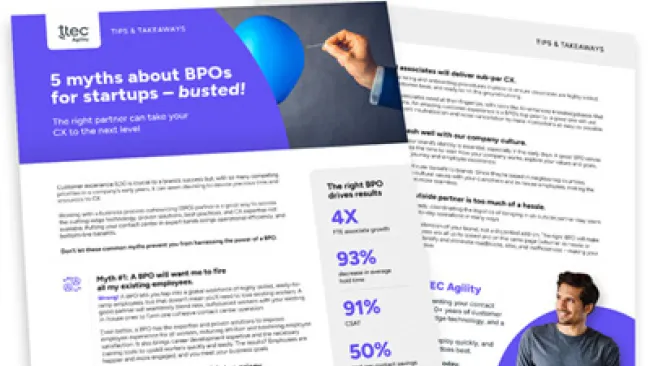Tomorrow’s customers will be very different than yesterday’s customer. They will be connected, skeptical, and quick to move on if they are not satisfied with an experience.
They will want a seamless and frictionless relationship with the companies they do business with. They will prefer not to talk to “customer service.” Instead, they will want to self-serve, or connect with actual experts who can easily solve their problem. They will expect companies to be flexible enough to interact in the ways they prefer, not the other way around.
They will be willing to share more of their personal information for more convenience and less friction. They will prefer proactive activity from brands if it’s a valuable, trustable experience.
Today’s customers want all these things but have realistic expectations. They know that companies aren’t set up to deliver this type of experience. The difference is that tomorrow’s customers will demand it. They won’t be so accommodating. Brands won’t get a second chance to positively engage.
Top interaction needs of future customers include:
- Personalization
- Portable interactions
- Information and collaboration readily available
- Trust-based relationships
- Seamless, frictionless experiences
The future is about being smarter and innovating, not just creating faster versions of the same old thing. It’s time to rethink the customer experience delivery for your customers of today, and plan for the customer engagement of tomorrow.
Customer engagement booster #1: Innovate your culture and teams
Products and services can easily be copied. Technology becomes outdated quickly. Prices can be beaten. Channels can be improved. How will your company differentiate itself going forward?
The future of customer engagement will hinge on you company’s culture, and more specifically, your employees. They are the ones who engage with customers. They are the foundation of the experience your brand generates.
Passion, enthusiasm, and responsibility for the customer can’t be forced. Companies must create a cohesive, customer-centric culture in which all employees want to be there and want to take care of the customer.
Whatever your product, service, technology, or industry, it’s what’s inside your doors that matters most when engaging with tomorrow’s customer.
Success with your people revolves around creating consistent and engaging employee mindset, alignment, and capabilities targeted toward a shared customer focus.
Customer engagement booster #2: Remove human "middleware"
Technology is designed to make things easier. This is especially true for customer engagement. When possible, customers don’t want to have to engage directly with a business. Online and mobile self-service, chat tools, and social communities are beginning to take the place of traditional contact center operations. That will only increase in the future.
Think about your own marketing, sales, and service customer operations. Do they provide an omnichannel experience for customers? Do they lead with digital and mobile? Do they force customers to take multiple steps or decipher layers of complexity? Can employees and customers collaborate with each other?
Today, there are too many fractured experiences, based on inside-out operations.
We believe that customers will increasingly expect connected, omnichannel, digital experiences on their terms. They will want to solve their own problems when possible, and if they can't, they will expect companies to know them and personalize their interactions. The goal is to mend fractured experiences to make each interaction less complicated, more efficient, and more rewarding. Flatten the organization as much as possible to remove barriers and simplify.
Use machines when it benefits customers. Use humans when a personal interaction matters most. Strategy and technology will help determine the best options.
Customer engagement booster #3: Orbit your business around the customer
When we say the old ways of doing business need to change, we mean everything…including internal operations. The move to an omnichannel, personalized customer environment will be hard for those who try to cram it into yesterday’s business structure.
Businesses must operate on the notion that customers rule. And that means redesigning internal processes and capabilities around the needs of customers.
With all these channels and customer preferences to manage, a product-centric organization won’t work. Instead, design and bundle your capabilities and workstreams around customer segments. Customer segment and portfolio managers will trump product or division managers.
Align the business around the customer lifecycle and supporting business functions to deliver optimized outcomes. Centralize and integrate wherever possible. This will eliminate silos across the business and improve efficiencies with one customer view.
Five things to do right now to prepare for tomorrow
- Think like your customers. Consider the customer point of view in every decision you make. How will each decision impact the customer’s experience? Then learn more about your customers. Ask them for feedback and to participate in decision-making. Observe their behavior with you, interact with them socially, and try to get an understanding of what they value most from their interactions with you.
- Act smart. Most companies have a wealth of customer insight they don’t do anything with. Collect, integrate, and analyze data you already have to improve engagement. Operationalize the use of data across the company for better decision-making.
- Go mobile and digital first. We as consumers prefer mobile and digital for most interactions. So take that perspective to your role as business leader. Integrate mobile and digital into everything you do. It should not be an afterthought. But don’t do this until you do steps 1 and 2. Enabling technology that isn’t valuable to customers is useless.
- Break down silos between departments. Everyone’s got them, and they all need to come down. The customer sees your business as one entity. Internal culture and operations need to reflect that.
- Change your metrics. Too many customer-related metrics focus on efficiency. To improve customer engagement, measure differently, and act on what you learn. Reward behavior that fuels positive engagement as well, in the form of incentives or compensation.
Learn more about the future of contact centers, business operations, and the customer experience in the TeleTech eBook, Blast Off to the Future of Customer Engagement.
Also, check out the most recent issue of our eNewsletter.
